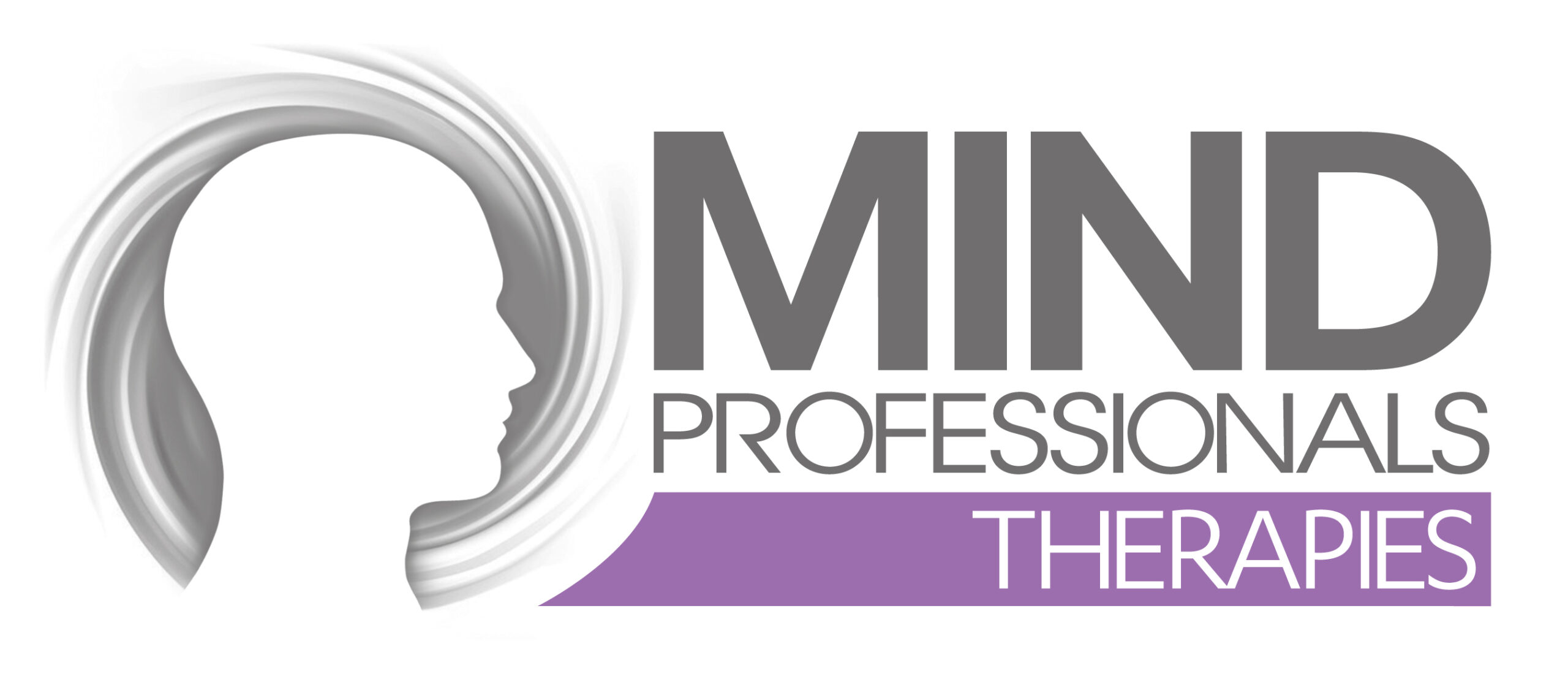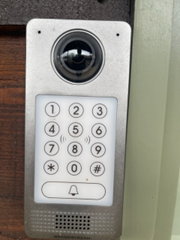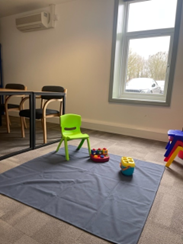Child Assessments
It is very important to ensure your child’s assessment is carried out by a clinical team who are specifically trained and experienced in diagnosing Autism Spectrum Disorder, to ensure they consider all aspects of your child’s life and health – including any other health conditions that may be present.
The ‘gold-standard’ approach to diagnosing Autism in children is to have several clinicians involved – this is known as a multi-disciplinary approach and it ensures a comprehensive and objective assessment is achieved.
- Pre-Assessment Questionnaires – we will ask parents and the child’s school to complete questionnaires that are important in understanding how the child behaves in different environments and what challenges they experience.
- Child Appointment – the child will meet with a specialist trained member of the team, who will spend some time with them (typically up to an hour) using toys, games and conversation to understand how the child sees the world. Whilst it should be a fun experience for the child, the examiner will be using an evidence-based tool to assess the child against the specific criteria relevant to Autism. This tool is called the ADOS-2 – Autism Diagnostic Observation Schedule.
- Parent Appointment – a key part of the diagnosis is to understand the child’s development, which is why the parent will meet with another member of the team to review the child’s full developmental history in depth, using the ADI-R – Autism Diagnostic Interview Revised.
- Diagnostic Report – following the two face to face appointments the clinicians will collate all the information that has been gathered, formulate this together and discuss the findings with the Clinical Lead. Following this, a comprehensive report is written, with a clear diagnosis (where one can be made) and further recommendations.
- Feedback Appointment – all too often parents receive the diagnosis, but are offered no further feedback or support input thereafter – instead they are left feeling ‘What is next?’ and with many unaddressed questions. As as part of our assessment process, the parent and child will meet with one member of the team once again to have time to review the findings of the assessment (and the diagnostic implications of these findings), and to address any questions arising before the final report is prepared.
Is this assessment right for your child?
This assessment package is right for a child if:
- Aged between 31 months to 18 years of age.
- A parent or guardian suspects that a diagnosis of an Autistic Spectrum Disorder is likely.
- The child’s GP, local NHS Child and Adolescent Mental Health Service or School have either raised or have been made aware of concerns in relation to the child’s social interaction and / or their development of communication and have suggested an Autism Diagnostic Assessment would be helpful.
What to Expect before and during the assessment
When you arrive at the Mind Professionals clinic, either park in a visitor space or in space designated for Mind Professionals.
At the entrance to the clinic press the ‘bell’ sign on keypad at the entrance. This will be answered by a staff member who will release the door for your entry. The clinic reception will be through the first door on the left. The toilet will be the next door on the left should you need it.
A staff member will meet you and show you to the clinic room/waiting area whilst your child is being assessed.
Before attending the assessment with a child it is important to note that the clinician will ideally need to observe the child in a neutral environment without the presence of the parents.
This separation from the parents may cause anxiety to both parents and a child and whilst the clinician will have experience on dealing with this situation, it may be helpful to prepare for this scenario. The following may help to make the experience.
– Try and convey to the child that he or she will be meeting the clinician by themselves and to try and create a perception of adventure.
– If helpful, tell the child that you as parents will be in the next room.
– Provide the child with their favourite toy or something that they are familiar with to settle them and give them reassurance.



